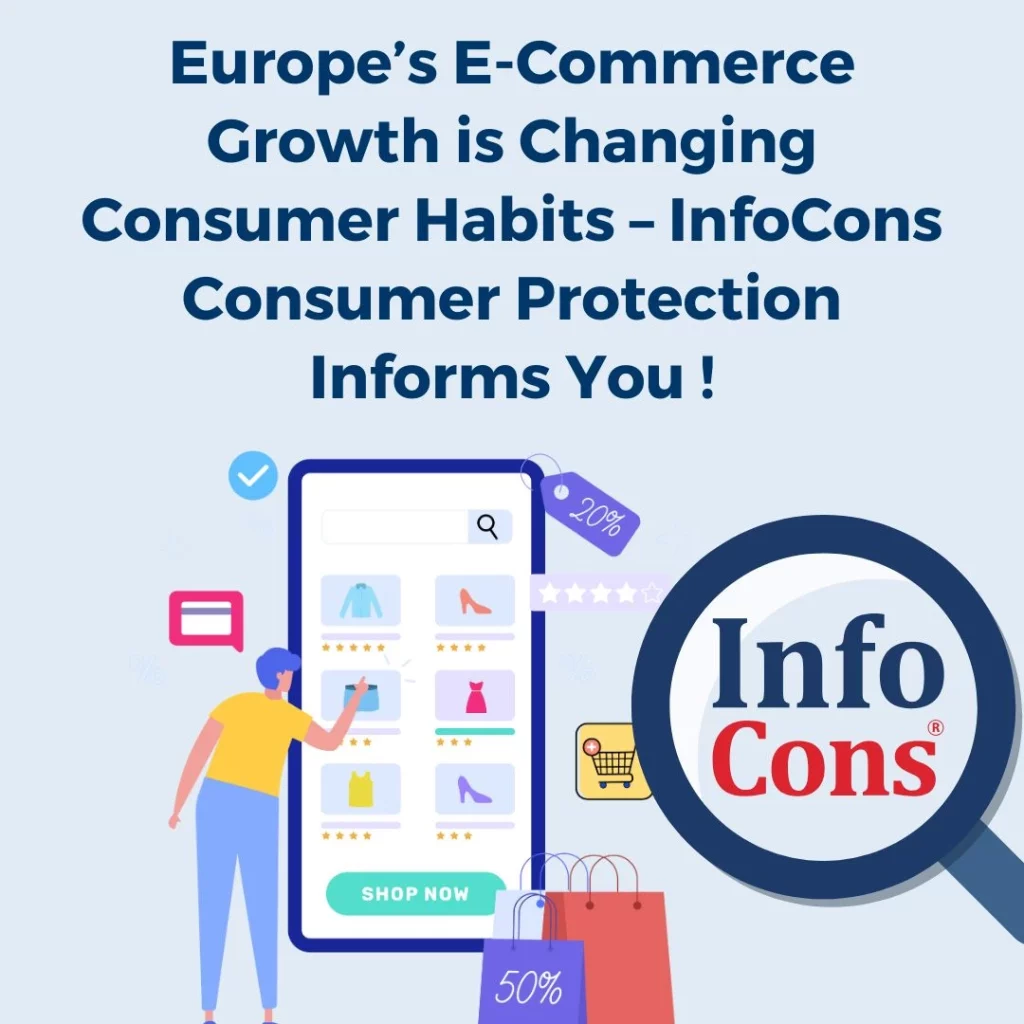
E-Commerce growth in Europe is profoundly transforming consumer habits, reshaping the way people shop and interact with digital platforms. Over the last decade, the surge in e-commerce activity reflects not only technological advancements but also shifting consumer preferences and behaviors. Recent statistics reveal a remarkable expansion of online shopping across EU member states, showcasing the growing importance of this sector in driving economic growth and innovation.
How Consumer Habits Have Shifted Over the Last Decade
A decade ago, only 59% of internet users in the EU made online purchases. Fast forward to 2024, and that number has soared to 77%, marking an impressive 17-percentage-point (pp) increase. This upward trajectory underscores the increasing reliance on online platforms for convenience and accessibility.
At the forefront of this trend, Ireland (96%), the Netherlands (94%), and Denmark (91%) reported the highest proportions of internet users engaging in e-commerce. On the other hand, countries like Bulgaria (57%), Italy (60%), and Romania (60%) ranked at the lower end of the spectrum. These figures indicate varying levels of digital integration across the EU, influenced by factors such as infrastructure, consumer trust, and market maturity.
Read also : Traveling to Abu Dhabi ? InfoCons – Consumers Protection provides you with useful information !
E-Commerce Growth Leaders : Countries Driving the Trend
Some EU nations have seen exceptional growth in online shopping adoption over the past decade. Romania stands out with a staggering 43-percentage-point increase, jumping from just 17% in 2014 to 60% in 2024. Similarly, Hungary experienced a 37-point rise, growing from 42% to 79%, while Lithuania recorded a 36-point increase, reaching 72% from its previous 36%. These statistics highlight the potential for rapid digital transformation in markets with growing internet penetration and consumer awareness.
Consumer Habits : What Europeans Are Buying Online
The types of products and services purchased online have also evolved, reflecting broader consumer trends:
- Clothing and Accessories: Leading the pack, clothing (including sportswear), shoes, and accessories were the most popular online purchases in 2024, with 45% of users buying these items in the previous three months.
- Food Delivery Services: The demand for convenience drove food deliveries from restaurants, fast-food chains, and catering services, which captured 21% of online shoppers.
- Cosmetics and Wellness Products: Items such as makeup, skincare products, and other wellness goods accounted for 20% of purchases, emphasizing the rising focus on self-care.
- Furniture and Gardening Supplies: Home improvement projects fueled demand for furniture, home accessories, and gardening items, with a 19% share of buyers.
- Sports and Recreational Equipment: Beyond sportswear, 16% of online shoppers purchased sports equipment, printed books, magazines, and health supplements such as vitamins.
These trends reveal how diverse and dynamic the online shopping landscape has become, catering to a wide array of consumer needs.
Read also : Epilepsy Prevention : How 1 in 4 Cases Can Be Avoided
The Future of E-Commerce Growth and Changing Consumer Habits in the EU
As online shopping continues to thrive, its impact on the European economy and consumer culture will only deepen. With more countries catching up in terms of digital infrastructure and user adoption, the potential for further growth is immense. From clothing to food delivery, the convenience and variety offered by e-commerce platforms have redefined the way people shop. For policymakers and businesses alike, staying ahead of these trends will be key to ensuring sustainable growth in the digital economy.
Source : Eurostat
InfoCons – European Organization for Consumer Protection and Promotion of Programs and Strategies , a full member of the World Organization Consumers International , founding member of the Federation of Consumer Associations , and member of ANEC .